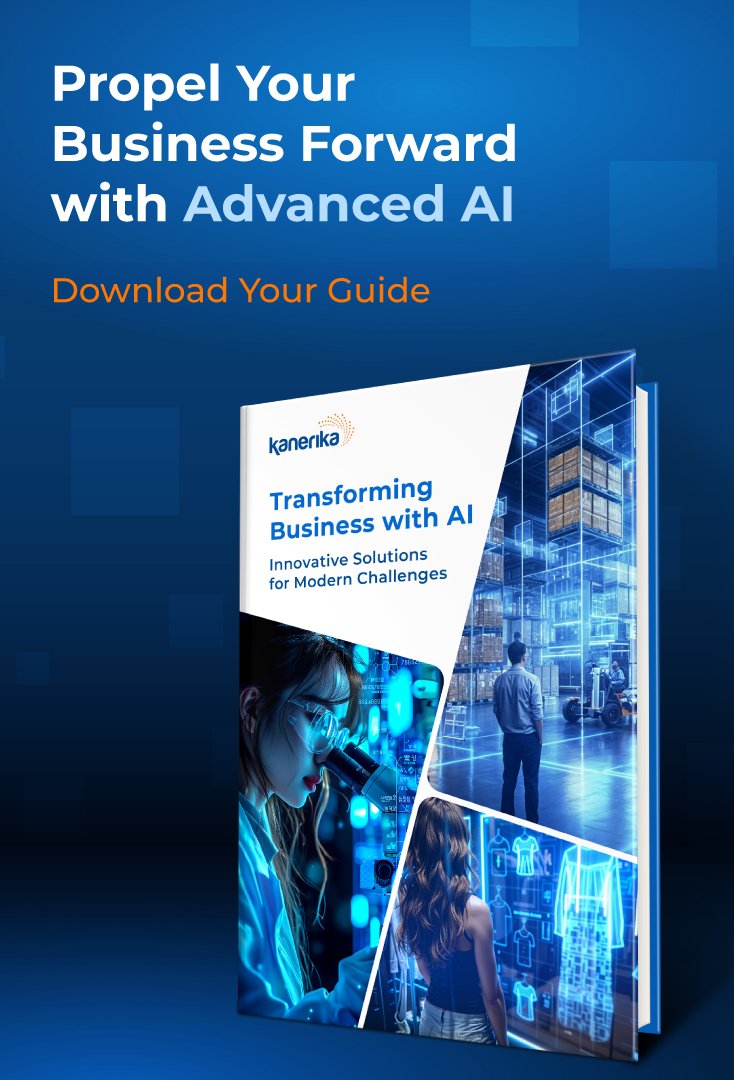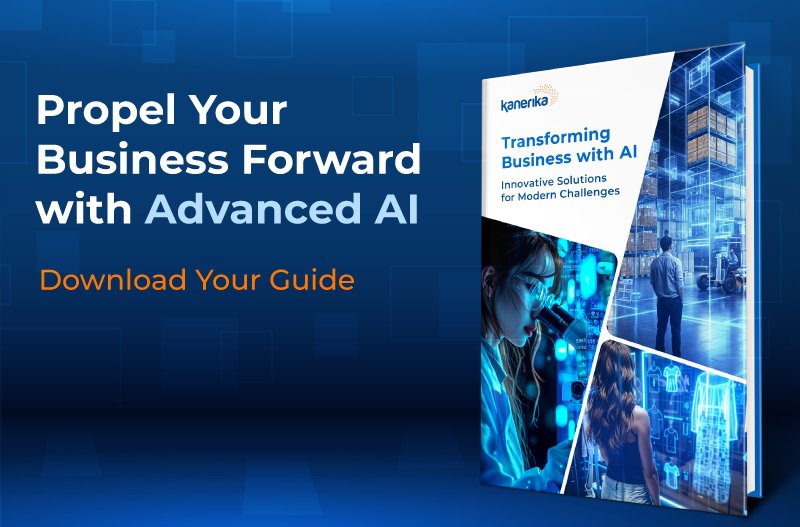Containerization
What Does Containerization Mean?
Containerization is a strategy for deploying software that involves package applications and their dependencies in one lightweight, portable, executable package called containers. This approach differs from typical software deployment approaches where apps are installed directly into a host operating system. Containerization becomes an ideal approach to manage software applications more efficiently and flexibly across various realms such as development, testing, or production.
How Does Containerization Work?
The fundamental principle behind containerization technology is packaging software with all its dependencies into containers. Programmers ensure smooth software transition by utilizing containers, which act as autonomous entities. These containers contain all necessary software libraries and system tools internally. Therefore, they function properly regardless of the computing environment they move to. This seamless adaptability enhances software performance and reliability.
- Role of Container Engines: A Container Engine is an underlying program for creating and managing a running container. Docker is amongst the most well-known container engines and is often considered synonymous with containerization. It’s Moreover a client-server application with a long-running daemon process (dockerd), APIs used to interact with the daemon and command-line interface (CLI) client called docker.
- Images and Containers: A Docker image contains instructions on how to build up a container. An image represents a snapshot of the situation inside that container at any given time. It serves as input when creating containers from scratch. When you decide to run an image, the container engine uses this blueprint to create a container, which is a runnable instance of the image. Containers are created from these images, which run independent processes in user space but share the host machine’s OS kernel, thus allowing for efficient use of resources and quick deployment.
Types of Containerization
Containerization has different categories based on isolation level and the underlying technology employed. Some of these common types are:
- Operating System (OS) Level Containerization: This kind of container uses the features found within the operating system to create separate spaces. Examples include Linux containers and Windows containers. OS-level containerization is based on namespaces and groups, which allow for isolation and resource management of OS processes, such as specifying limits on CPU, RAM, or the number of threads that a process can use within a Linux kernel.
- Virtual Machine (VM) Level Containerization: This type of containerization involves using virtual machines to develop isolated environments. VM-Level containerizing is founded on hypervisors that allocate physical resources. Thus, they create virtual surroundings where in turn containers which have their own operating systems may run. It provides greater isolation but poor resource utilization efficiency.
- Hybrid Containerization: Hybrid containerization blends aspects from both OS-level and VM-level containerizations, making use of the operating system’s features for isolation plus additional protection through virtual machines. A more advanced approach, hybrid containerization, requires deep knowledge of both OS-level and VM-level containerizations.
Key Technologies
Several key technologies are used to enable the functions of this technology, such as containerization.
- Docker-An industry standard platform for packaging applications together with their dependencies into portable units for consistent deployment across the environment
- Linux Containers (LXC): This is a containerization technology that utilizes the built-in container support of Linux and allows for lightweight, isolated environments to efficiently deploy Linux-based applications on a single host machine.
- Kubernetes: For large-scale microservice architectures, this platform automates the deployment, scaling, and management of containerized applications.
- CRI-O: Developed by Red Hat, CRI-O is a lightweight open-source container engine which runs Open Container Initiative (OCI) compatible runtimes. It works hand in hand with major and minor releases and streamlines Kubernetes based installations.
Benefits of Containerization
Containerization has several advantages that make it an intriguing option for software development and deployment:
- Portability: Containers are highly portable as they can run on any machine or virtual machine where the Docker engine is installed without making changes to the application code.
- Efficient Resource Utilization: They do not require separate operating systems for each container since containers share the host’s operating system kernel; hence, using resources effectively.
- Rapid Deployment and Scalability: They can be created quickly, started instantly, or scaled up or down when needed, making them suitable for quick deployments and scalable applications.
Common Use Cases of Containerization
Containers are commonly used in various scenarios, including:
- Application Development and Testing: Containers provide consistency and isolation for developers working on applications, making it easier to test code lines or debug.
- Simplifying Configuration and Dependency Management: By packaging them with the application code, containers make managing dependencies so much simpler.
- Enhancing Security through Isolation: Containers have a high level of isolation that makes it difficult for malicious codes to execute from one container to another.
How does containerization differentiate from virtualization?
Virtualization and containerization are both technologies used to deploy and manage apps better and at a larger scale. However, the two are different in terms of resource usage.
Containerization:
With containerization, you can run applications and their dependencies in isolated containers that resemble lightweight virtual machines. Each container shares the same OS kernel yet is isolated from other containers; hence, it provides a consistent and portable runtime environment for applications.
Containers are designed to be scalable. And they bundle all dependencies and configurations needed to run an application so that they work in any environment.
Resource Usage: Containers consume fewer resources compared to traditional virtual machines (VMs) since they are lightweight and share a host operating system kernel. Unlike traditional VMs, where each instance requires its own operating system, containers have been optimized for resource efficiency. This approach significantly reduces the number of resources used, making them ideal for modern cloud-native applications and microservices architectures.
Virtualization:
Virtualization is a technology that creates virtual versions of computer resources such as hardware platforms, operating systems, storage devices, and network resources.
Virtualization offers strong isolation and flexibility, which is suitable for running legacy applications and meeting specific OS requirements.
Resource Usage: Virtualization uses more resources compared to containerization as each virtual machine (VM) runs its own operating system that needs additional CPU, memory and storage. The resource usage of virtual machines (VMs) is high because they need entire hardware resources including CPU, memory and storage. This leads to higher resource overhead compared to containerization making it less efficient in terms of resource utilization.
Conclusion
Containerization is a powerful software deployment approach with several advantages, such as portability, efficient resource utilization, and fast deployment. It has extensive applications in different setups, such as application development, testing, and production. As technology advances, we should expect to see it play an even bigger role in the life cycle of software development.





